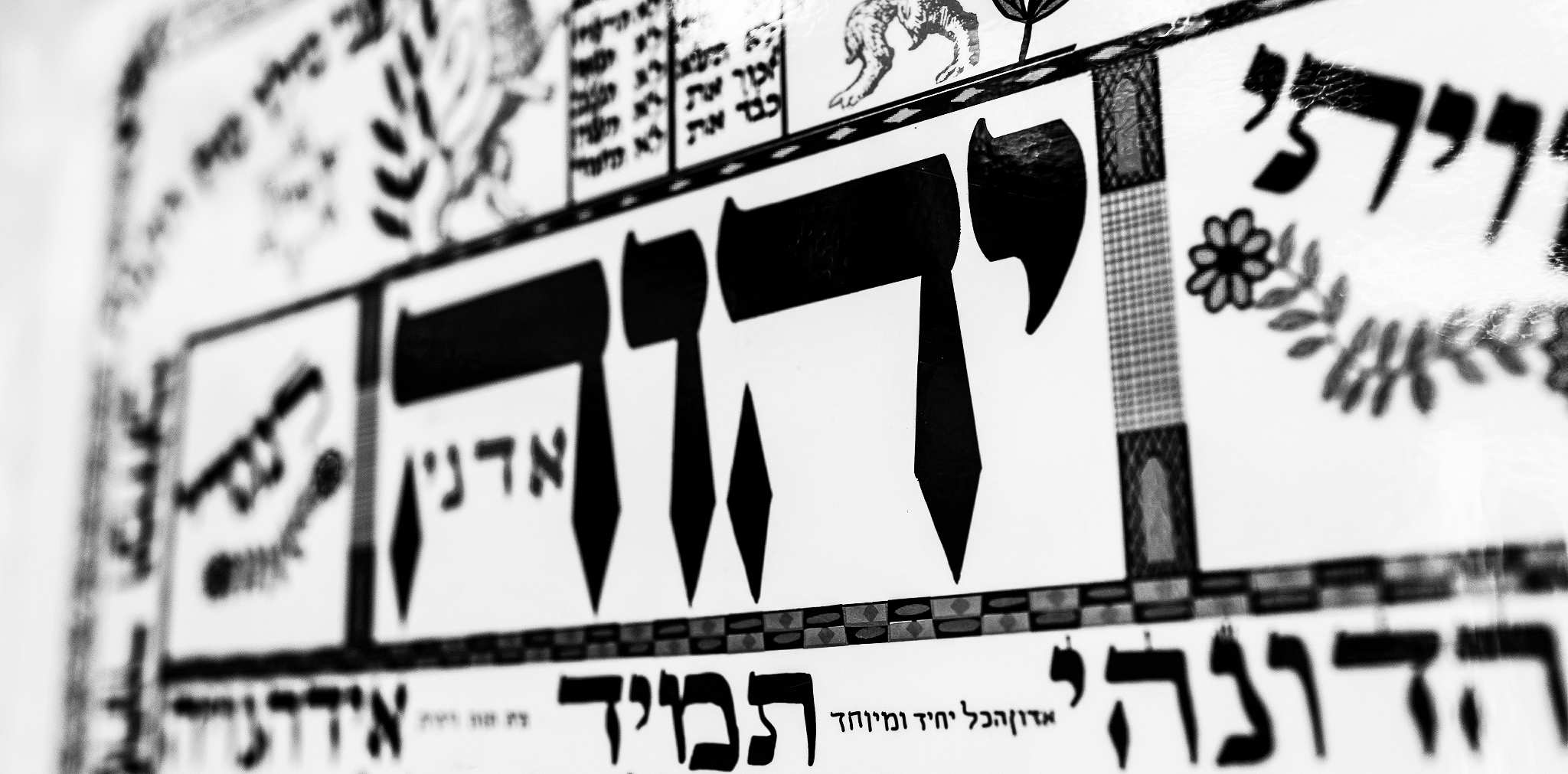
An essential and basic principle of Bible interpretation is succinctly stated in the axiom: “a text without a context is a pretext,” and therefore we must endeavor to understand the New Testament in light of the Torah, not the other way around… Without the context of Torah, the meaning and terms of the New Testament will be obscure and subject to misunderstanding. Indeed, we must remember that the Messiah was “embedded” in the Jewish culture of his day (Gal. 4:4-5), and was fluent in Torah reading and study (Luke 4:16-21; John 4:22). Moreover, Yeshua plainly said that the Jewish Scriptures testify of Him: “And beginning with Moses and all the Prophets, he interpreted to them in all the Scriptures the things concerning himself” (Luke 24:27; John 5:39). We study Torah to know Yeshua, the “Living Torah” better, as he said: “Therefore every scribe who has been trained for the kingdom of heaven is like a master of a house, who brings out of his treasure what is new and what is old” (Matt. 13:52).

Some people claim that Jesus spoke Aramaic, not Hebrew. Well, consider this. If the king of the Jews was required to “make a copy of sefer Torah,” then surely Yeshua, the great King of the Jews, the Mashiach, read Hebrew and understood kotzo shel yod (קוֹצוֹ שֶׁל יוֹד) – “every jot and tittle” of its meaning (see Matt. 5:17-19). Indeed, Yeshua knew the traditional Hebrew blessings, prayers, and hymns (Matt. 26:26-30); he chanted Hebrew in synagogue (Luke 4:16), and he reasoned with the sages in Jerusalem as a young boy (Luke 2:42-27). Surely the King of the Jews spoke lashon hakodesh, the holy language of Hebrew!

…
